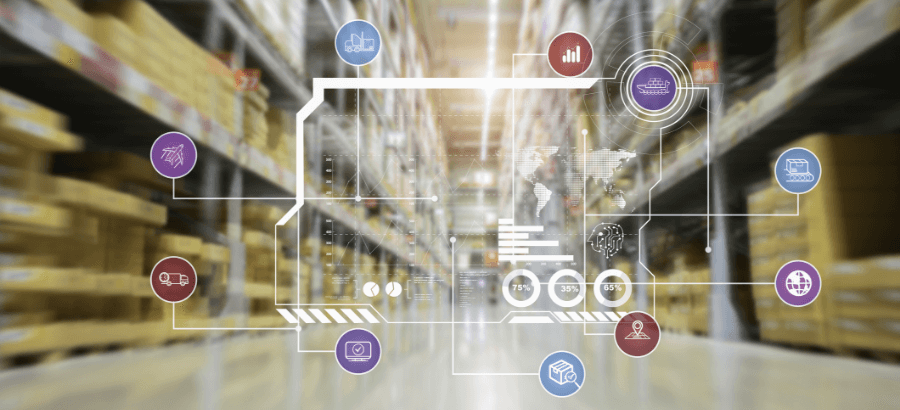Global supply chains were starting to recover from two years of upheaval caused by the pandemic when the military crisis hit. The further disruption caused by Russia’s invasion of Ukraine could cause major disruptions to the global supply chain and impact South Africa.
Just about every supply chain will be affected by this crisis, for example, with fuel prices surging although there is no shortage yet, there’s risk in supply and shipping routes being cancelled or diverted. We should all be well versed by now to know that we can expect a ripple effect throughout global trade. It’s premature to know at this stage what the full impact will be on our economies and supply chains, but we can expect more delays of supply of imported inventory, food, and component parts, due to reduced or rescheduled air and sea freight. This also includes delays in local manufacturing as well as inflationary pressures due to escalating costs because of the increased fuel prices – increases are already at 10% and shipping is about 30%.
Supply chain challenges
Supply chains over the years have predominantly focused more on minimising end-to-end costs, reducing inventories while driving up asset utilisation. While these factors have made organisations more competitive within the marketplace, they have removed the buffers and flexibility to absorb disruptions and delays.
Industries such as high-tech electronics and semiconductors, and rare earth minerals are highly susceptible to unpredictability. The supply of raw materials including oil, natural gas, metals, metal additives and Agri-commodities (like wheat we import from Ukraine) will have further implications for the global supply chain as it will have a direct impact and consequent delay on the manufacture of products.
However, supply chain operators have learnt to adapt and become more resilient over the past few years of the pandemic. As the conflict escalates, global supply chains and the importance of supply chain management are again in the spotlight, as they have been over the last few years.
Responding to global disruptions
With digital technologies, organisations can use data to maximise visibility into demand, inventory, capacity, supply, and finances. Companies with digital platforms, accessible data and analytical capabilities have been able to respond and adapt through shifting supply or sourcing, changing recipes and reducing range more quickly, accurately, and successfully, to pandemic disruptions.
Technology designed for manufacturers, such as ERP systems, provides organisations with improved visibility of the reliable local suppliers and their supply chains. The use of automated business systems supports efficient management of procurement and sourcing policy changes, improved distribution, and better decision-making based on relevant, and accurate real-time data.
Shorter supply chains with more local sourcing if possible are now becoming preferable because the more links in the chain, the more potential for a weak link. Consider finding suppliers near at hand even if this requires more spending upfront.
Supply chain disruptions are making organisations re-assess processes like order fulfilment. This process involves the receiving, storing, picking, packing, and shipping of orders to customers; in some cases, it includes reverse logistics, and processing returns from customers. To be more efficient, this requires an inventory management system that provides full visibility and automates the process, enhances workflows, and moves orders to the next step to meet customer demand and service expectations.
The supply chain of the future
The supply chain of the future will not only use all the business models which are currently in place. It will also include strategic sourcing, effective and easy procurement, supply agreements and keeping some new buffer stocks in-country so that all the requirements are met to keep business going while long-term plans are formulated and implemented.
Supply chain operators have learnt plenty over the past two years; they have become adept at handling crises and become more resilient. Now they must forecast different scenarios and assess potential weaknesses in their system to start working on contingencies.
There is always change and opportunity to enable this by using ERP effectively, to release value and customer service.








1 thought on “How manufacturers can respond to supply chain disruptions”